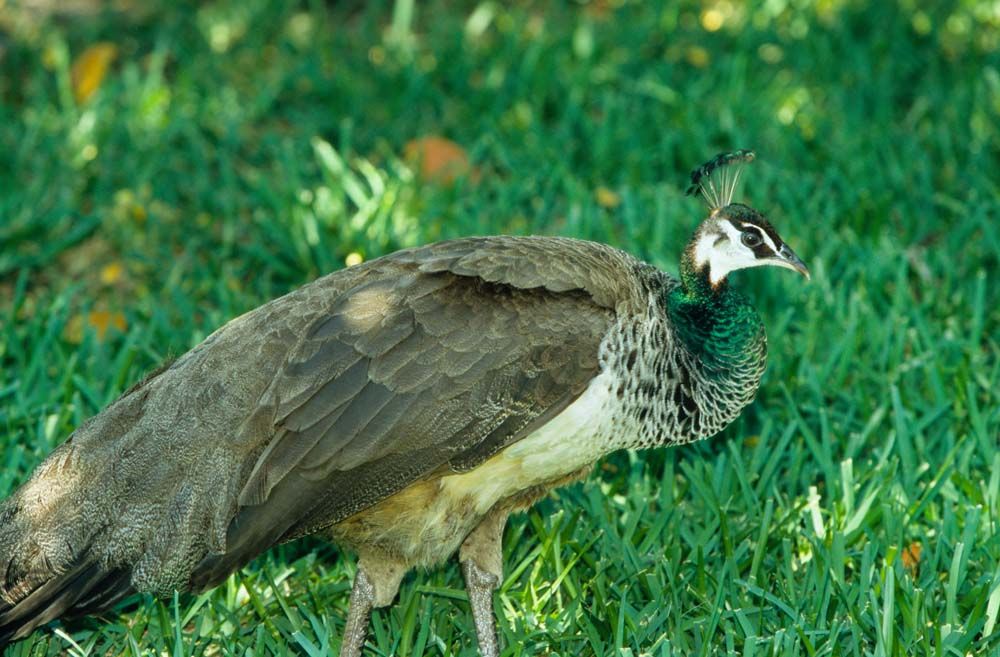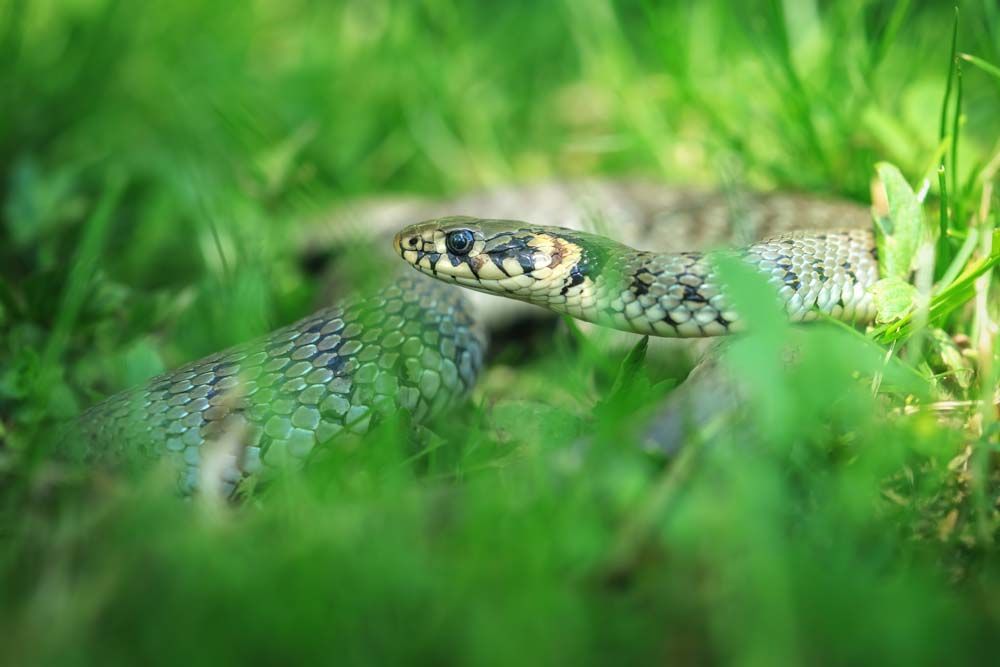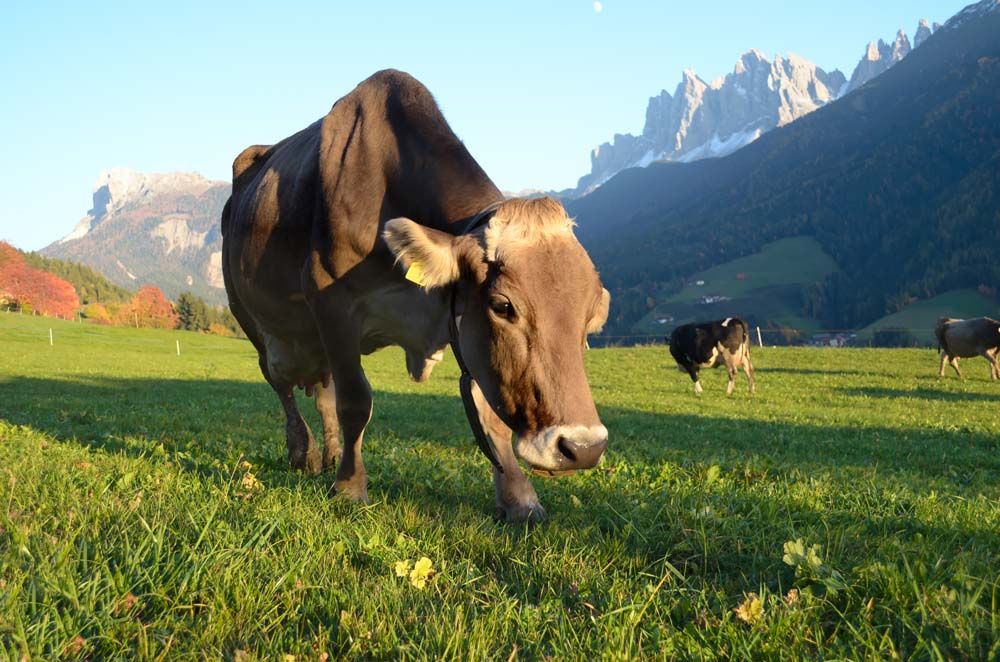Raising Peafowl: 7 Facts About Peafowl That Will Raise Your Tailfeathers


In ancient times, wealthy nations sometimes dispatched exploratory trading expeditions to bring back valuable or unusual goods. People were eager to collect wonderful objects that didn’t exist in their own country and sparked their curiosity. Such an expedition occurred during the time of Solomon in the Bible—“For the king's ships went to Tarshish…bringing gold, and silver, ivory, and apes, and peacocks.” Wait—peacocks?
Remember, this is 950 BC, and if you had never seen a peacock, the sight of such amazing plumage might very well convince you that these birds were worth transporting home for the king.
To add some drama to your hobby farm in the 21st century, peafowl might be just the ticket. They aren’t like chickens, so here are some things to know before venturing into the world of peafowl.
1. They are technically ‘peafowl’
Peafowl is the correct term for these birds; peacock refers specifically to the males. Colloquially though, people are most familiar with using peacock to refer to peafowl in general, so don’t be surprised to hear friends and neighbors refer to all of your peafowl as peacocks.
Females of the species are called peahens, and juveniles are peachicks. Even at a young age, the peachicks display unique feathering patterns. Peafowl belong to the pheasant family.
2. They’re great foragers
Peafowl are omnivores and adults will consume insects, worms, seeds, and various vegetation. In fact, they’re fantastic at keeping unwanted critters controlled on your land. Juvenile peachicks can be fed turkey chick starter.
3. There are multiple species of peafowl
Some livestock breeds are so widely recognizable that they become an unofficial “face” of the species in the public eye—think Holstein dairy cows or Leghorn White chickens. A similar case has happened with peafowl as well—it’s the Indian or Blue Peafowl that you have in mind when your say “peacock,” with their iridescent blue bodies and wonderful green tail plumage.
The other primary variety is the Javanese or Green Peafowl, with a predominately green body. There is also a much less common—and less colorful—African species called the Congo Peafowl.
4. They’re cold hardy
Despite their physical appearance that makes them seem like they should be at home only in a temperate jungle setting, peafowl are reasonably cold hardy. While they shouldn’t stay outside in frigid temperatures and wind, they can survive northern winters provided they have a suitably warm shelter, and they easily cruise through southern winters. Peafowl feathers make fine insulation, in addition to looking gorgeous.
5. You will need plenty of space
Don’t go into raising peafowl without considering the size requirements of their infrastructure. Not only are peafowl considerably larger than your chickens, the tail plumage of the males requires a great deal of square footage per bird.
Also—peafowl can and do fly. Free-ranging can work and may be an option in your area, but if you need to keep the birds contained, realize that the enclosure will need to be fly-away proof and large enough to comfortably house the birds. They need room!
6. Peafowl are prized for their beauty
While you can certainly enjoy peafowl eggs in the same manner as chicken or duck eggs, the birds generally aren’t raised for this purpose. However, if you keep several peahens, you may be able to generate enough eggs for your own use—they are similar in taste to chicken eggs, and a lot bigger.
There is low demand in the U.S. for the meat. But of course, the birds are simply fascinating for their own sake, and their sheer beauty is undeniably appealing.
7. They’re loud!
For all their beauty and other positive attributes, be forewarned that peacocks have a fairly important downside—these males are loud. Very loud, with a repeating, high-pitched, high-volume cry that can be annoying to owners and startling to neighbors (even neighbors a couple of miles away). Although most of a peacock’s vocalizations are confined to the breeding season, they can be set off by other noises, so if noise is an issue, you might familiarize yourself by spending time with a peacock in person before choosing to bring one home.
Noise aside, there’s nothing quite like the sight of a grown peacock with a full elaborate display of tail feathers. If peafowl is something you’re interested in, why not explore the topic further? If peacocks were good enough for Solomon, maybe they should find a place on your hobby farm.
Tags:Country Critters

Acreage Life is part of the Catalyst Communications Network publication family.















